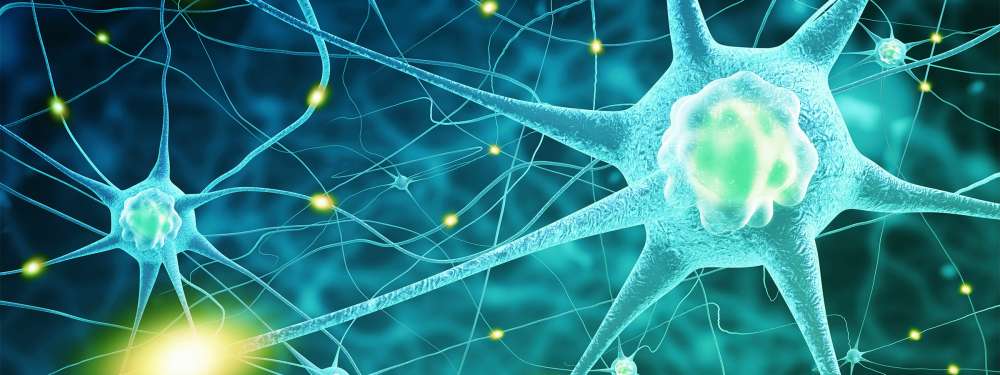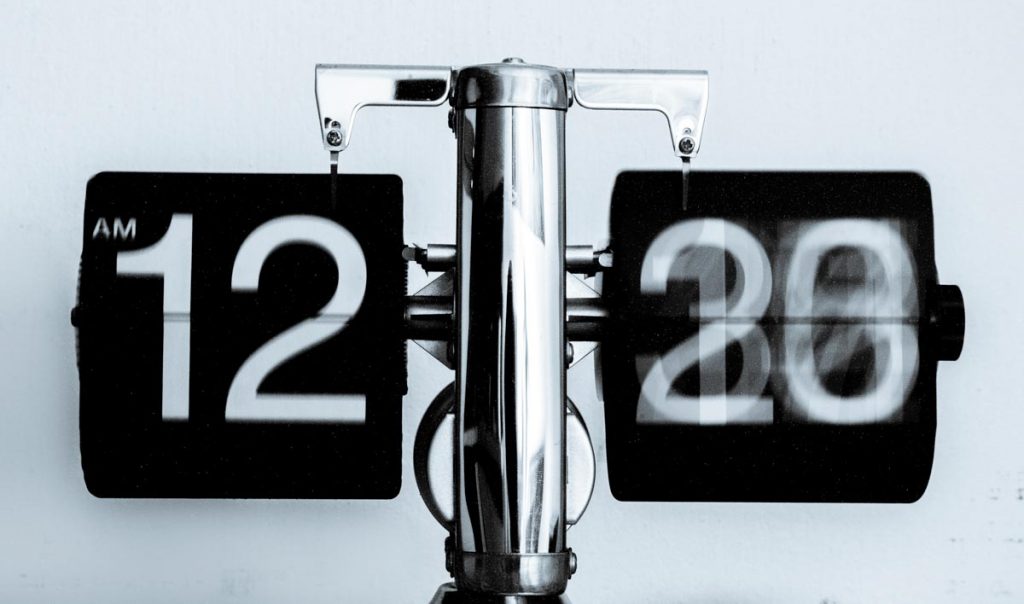Introduction to Electrical Muscle Stimulation (EMS Training)
What is it?
Normally, it’s your body that fires your muscles by sending electrical impulses from your brain through your central nervous system (CNS). With EMS training an EMS device allows you to have a deep, really intense and absolute, muscular contraction without stressing your Central Nervous System (CNS) or your joints and tendons. Simply stated, you have a low-impact training method to help keep injuries a thing of the past.
In More Detail

Electrical muscle stimulation is a non-invasive method where electrodes are placed on the skin in specific areas. Turn the device on, choose the settings and watch as the muscle groups contract. The smooth pulses of electrical current goes through the skin to cause the initial depolarization of an intact motor neurone through synaptic transmission to the neuromuscular junctions. These muscle contractions are the results of different parameters controlled by a health professional such as;
Frequency
Refers to the number of stimulation pulses that are delivered every second, measured in Hertz (Hz). With low frequency (1-10Hz) a weak muscle twitch will be generated, but as frequency increases, the strength of the contraction will have more effect on the sensory neutrons rather than the motor neurones and this causes the muscle contraction to reduce.
Pulse Width
NMES normally involves frequencies between 20 and 50 Hz and pulse width between 200 and 400 μs (4) and should recruit motor axons preferentially to sensory axons (5). The pulse width is simply how long is 1 pulse of a signal, this means that the longer the longer the pulse duration is, the more energy is contained in the signal.
Amplitude (or intensity)
Refers to the strength of a delivered stimulation which is measured in milliamps (Ma). The amplitude of a stimulation should be high enough to have the desired effects and remain comfortable for the user. Balancing the pulse width and the amplitude is extremely important for the optimization of both the muscle contraction and the users comfort. A normal human body can only withstand a certain amount of electrical current before the body cells are damaged. At 100mA, a severe contraction of muscle is occurring and between 100 to 300mA of current causes electrocution to the body (6).
How Often Should I Use It?

Would you go run a marathon after your first day of training? Probably not, well EMS is kind of the same, your body needs to get used to this kind of training, which is why we recommend not more than 2 sessions per week with a minimum of 48 hours in between sessions in order for your body to recover properly. If a client has been training constantly, twice a week, for a period of 8 weeks, you can increase the sessions to 3 times per week.
What’s the Proof it Works?
Electrical Muscle Stimulation has been a thing for many years, with the first appearance of electrical therapy with eels during the Egyptian time. For about 50 years, EMS has been used in mainstream therapy. When you go to a physiotherapist, they stick electrodes on certain parts of the body in order to rebuild them, strengthen them or even treat pain. EMS Whole-Body training has started in 2003 and has grown in popularity throughout the years due to its short and effective training sessions for busy people and athletes all around the world.
When you train, when you move and even when you digest, your brain sends electrical signals to organs or muscles which causes the body to react to the electrical stimuli of the brain. The electrical signal comes from your central nervous system (CNS). As shown in Figure 3, the stimuli can also come from an outside source and create a muscular response. The muscle contraction will vary depending on the intensities of the electrical current.

The electrical impulse mimics the action potential coming from the central nervous system, causing the muscle to contract. It has been shown that by adding EMS training to an elite athletes program it can help them gain a performance edge. When monitored by a health professional the results are amplified. (11)
Electrical Stimulation for Injuries
EMS training is especially good for injured individuals. Studies have shown it’s a promising alternative to prevent muscle atrophy which causes loss of strength and imbalances. For example; the use of neuromuscular electrical stimulation to prevent muscle atrophy associated with prolonged knee immobilization following ligament reconstruction surgery or injury has been extensively studied. NMES has been shown to be effective in preventing the decreases in muscle strength, muscle mass and the oxidative capacity of thigh muscles following knee immobilization. (4)
Electrical Stimulation for Training
Results shows that despite the high level of fitness could significantly increase in maximal strength, speed strength and the rate of force development. Developing these parameters increases vertical jump height by up to +25% (squat jump +21.4%, countermovement jump +19.2%, drop jump +12%) and improves sprint times by as much as -4.8% in trained and elite athletes (12).

In order for you to achieve optimal fitness levels, you should always continue to use and train your muscles with various forms of exercise. EMS training is capturing the attention of many scientists around the world and thanks to that, studies of the effects on the human body are often times published.
How Effective Compared to a Normal Workout of the Same Time?
Compared to a normal training of the same time, we can easily say that an EMS workout is harder than a conventional one due to a higher recruitment of muscle fibers. When you do a squat in our Super Suit you’re also working out your entire upper body, resulting in simple movements being extra efficient and effective. Do more in less time, we recommend 20 minutes a day, twice a week.
When we look at the current studies available with EMS regarding rehabilitation programs, strength training of athletes, and preventive conditioning of sedentary subjects, the main objective is to improve overall muscle performances throughout many stimulation sessions. In general, the studies create interventions during a period of 4-5 weeks with sessions ranging between 10-30 minutes. Reliable studies currently indicate that NMES is an effective way to increase strength in normal and impaired muscle compared with doing no exercise (8). Paillaird et al (9) concluded that when superimposing with voluntary exercises EMS training is an effective therapeutic intervention in rehabilitation.
References
- Jin, H., Hwang, T., & Cho, S. (2017, March 06). Effect of Electrical Stimulation on Blood Flow Velocity and Vessel Size. Retrieved from https://www.ncbi.nlm.nih.gov/pmc/articles/PMC5385976/
- Bowman, B. R., & Baker, L. L. (1985, 01). Effects of waveform parameters on comfort during transcutaneous neuromuscular electrical stimulation. Annals of Biomedical Engineering, 13(1)
- Panizza, M., Nilsson, J., & Hallett, M. (1989, 07). Optimal stimulus duration for the H reflex. Muscle & Nerve, 12(7)
- Mckeon, R. (2018). Electronic Components. Neural Networks for Electronics Hobbyists,
- Robertson, V. J., Low, J. L., & Explained, E. (2009). Electrotherapy explained: Principles and practice.
- Bax, L., Staes, F., & Verhagen, A. (2005). Does Neuromuscular Electrical Stimulation Strengthen the Quadriceps Femoris? Sports Medicine, 35(3)
- Paillard, T., F., Passelergue, P., & Dupui, P. (2005). Electrical Stimulation Superimposed onto Voluntary Muscular Contraction. Sports Medicine, 35(11)
- Maffiuletti, N. A., Zory, R., Miotti, D., Pellegrino, M. A., Jubeau, M., & Bottinelli, R. (2006, 02). Neuromuscular Adaptations to Electrostimulation Resistance Training. American Journal of Physical Medicine & Rehabilitation, 85(2)
- Pinfildi, C. E., Andraus, R. A., Iida, L. M., & Prado, R. P. (2018). Neuromuscular Electrical Stimulation of Medium and Low Frequency on the Quadriceps Femoris
- Filipovic, A., Kleinöder, H., Dörmann, U., & Mester, J. (2012, 09). Electromyostimulation—A Systematic Review of the Effects of Different Electromyostimulation Methods on Selected Strength Parameters in Trained and Elite Athletes. Journal of Strength and Conditioning Research, 26(9)
- Hall, John E., and Arthur C. Guyton. Pocket Companion to Guyton & Hall Textbook of Medical Physiology. Elsevier Saunders, 2012.